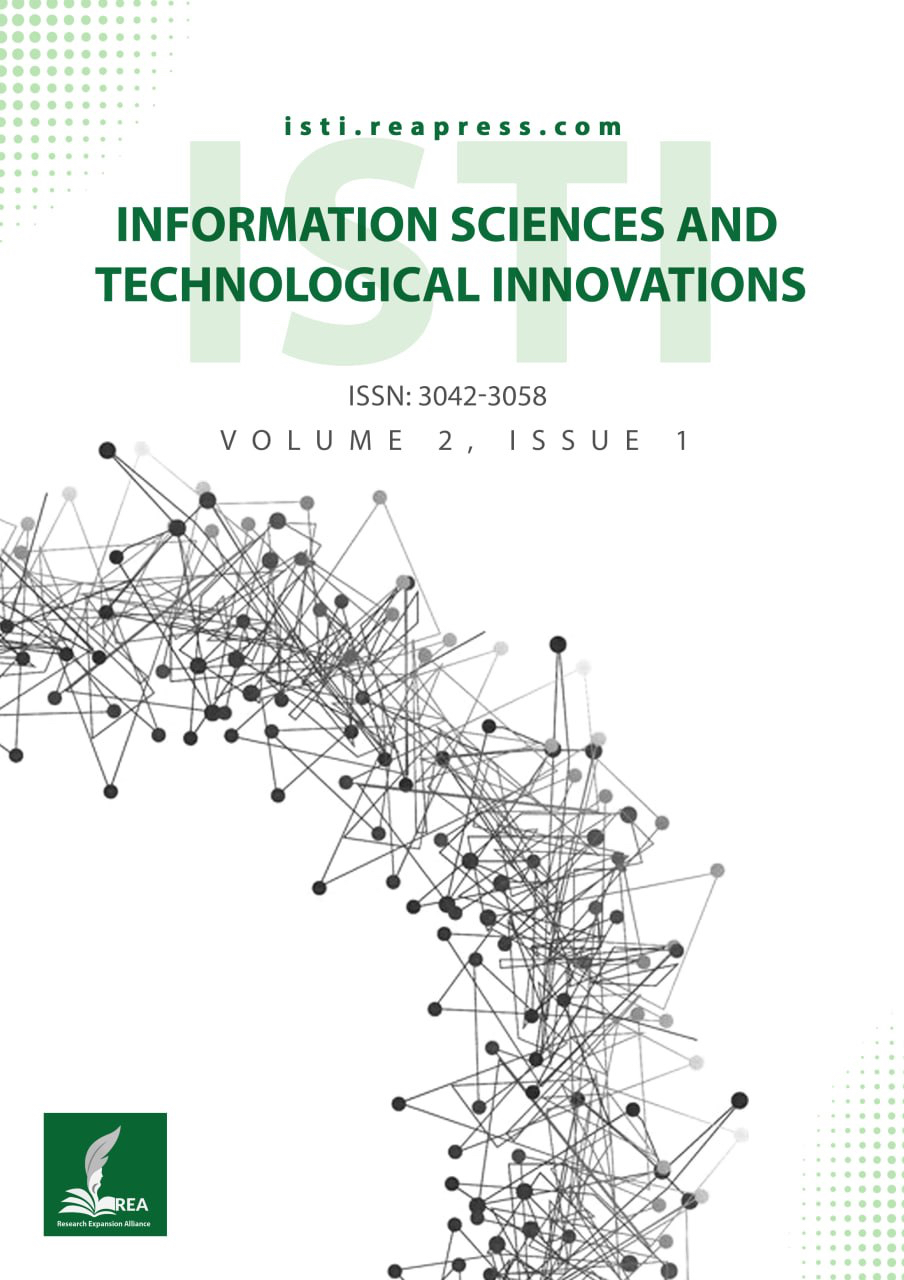A Systematic Review of Multi-Attribute Decision Making Methods for Modern Decision Science
Abstract
Multi-Attribute Decision Making (MADM) is a critical branch of decision science that provides structured methodologies for evaluating and selecting alternatives based on multiple conflicting criteria. In modern decision-making processes, stakeholders often encounter complex scenarios where trade-offs between criteria must be carefully analyzed. MADM techniques enable decision-makers to rank and prioritize alternatives while accounting for diverse objectives, uncertainties, and real-world constraints. This paper delves into the fundamental principles and theoretical foundations of MADM, highlighting its role in optimizing decision processes across various industries. The study explores widely adopted MADM techniques, including the Analytic Hierarchy Process (AHP), Technique for Order Preference by Similarity to Ideal Solution (TOPSIS), and VIKOR, which are essential for systematically structuring and solving decision-making problems. Furthermore, it examines advanced approaches such as Neutrosophic MADM, which integrates uncertainty and indeterminacy handling to improve decision reliability. The paper comprehensively analyzes real-world applications in domains such as engineering, business management, supply chain optimization, and financial decision-making. Additionally, numerical analysis, comparative evaluations, and structured decision matrices are included to illustrate the effectiveness of different MADM methodologies. Special attention is given to the impact of weighting methods, normalization techniques, and the role of expert judgment in decision-making. Finally, the study discusses existing challenges in MADM, including subjectivity in criteria weighting, computational complexities, and data inconsistencies. Future research directions are also outlined, emphasizing the integration of Artificial Intelligence (AI), Machine Learning (ML), and big data analytics with MADM to enhance decision-making accuracy, automation, and adaptability in dynamic environments. ML, and big data analytics with MADM to enhance decision-making accuracy, automation, and adaptability in dynamic environments.
Keywords:
Multi-Attribute decision making, AHP, TOPSIS, VIKOR, Neutrosophic MADM, Supply chain managementReferences
- [1] Nafei, A. H., Azizi, S. M. E. P., & Ghasempour, R. A. (2018). An approach in solving data envelopment analysis with stochastic data. Fuzzy information and engineering and decision (pp. 154–162). Springer International Publishing. https://doi.org/10.1007/978-3-319-66514-6_17
- [2] Garg, H., & others. (2016). An improved score function for ranking neutrosophic sets and its application to decision-making process. International journal for uncertainty quantification, 6(5), 377-385. https://B2n.ir/rh3983
- [3] Liu, P. (2011). An extended TOPSIS method for multiple attribute group decision making based on generalized interval-valued trapezoidal fuzzy numbers. Informatica, 35(2), 185-196. https://informatica.si/index.php/informatica/article/viewFile/343/342
- [4] Nafei, A. H., Yuan, W., & Nasseri, H. (2019). Group multi-attribute decision making based on interval neutrosophic sets. Studies in informatics and control, 28(3), 309–316. http://dx.doi.org/10.24846/v28i3y201907
- [5] Mohammadi, S., Golara, S., & Mousavi, N. (2012). Selecting adequate security mechanisms in e-business processes using fuzzy TOPSIS. International journal of fuzzy system applications, 2(1), 35–53. http://dx.doi.org/10.4018/ijfsa.2012010103
- [6] Wibowo, S. (2013). Interval-valued intuitionistic fuzzy multicriteria group decision making approach for hotel selection. International journal of machine learning and computing, 3(1), 65. http://dx.doi.org/10.7763/IJMLC.2013.V3.274
- [7] Choi, H. K., Lee, W., Sajadieh, S. M. M., Do Noh, S., Sim, S. B., Jung, W. chang, & Jeong, J. H. (2025). optimization of fiber radiation processes using multi-objective reinforcement learning. International journal of precision engineering and manufacturing-green technology, 12(2), 637–655. https://doi.org/10.1007/s40684-024-00644-6
- [8] Prakash Upadhyay, Tushar Sharma, & Ahmadi Fatima. (2024). Impact of AI-driven digital twins in Industry 4.0: An exploratory analysis. International research journal on advanced engineering and management (IRJAEM), 2(5), 1548–1557. https://doi.org/10.47392/IRJAEM.2024.0210
- [9] Lind, A., Elango, V., Hanson, L., Högberg, D., Lämkull, D., Mårtensson, P., & Syberfeldt, A. (2024). Multi-objective optimization of an assembly layout using nature-inspired algorithms and a digital human modeling tool. IISE transactions on occupational ergonomics and human factors, 12(3), 175–188. https://doi.org/10.1080/24725838.2024.2362726
- [10] Xia, C., Wang, R., Jin, X., Xu, C., Li, D., & Zeng, P. (2024). Deterministic network–computation–manufacturing interaction mechanism for AI-driven cyber–physical production systems. IEEE internet of things journal, 11(10), 18852–18868. https://doi.org/10.1109/JIOT.2024.3367350
- [11] Azizi, S. P., Huang, C. Y., Chen, T. A., Chen, S. C., & Nafei, A. (2023). Bitcoin volatility forecasting: An artificial differential equation neural network. AIMS mathematics, 8(6), 13907–13922. http://dx.doi.org/10.3934/math.2023712?
- [12] Azimi, S. M., Chun, H., Zhihong, C., & Nafei, A. (2021). A new approach for solving interval neutrosophic integer programming problems. Fuzzy optimization and modeling journal (FOMJ), 2(2), 1–11. https://doi.org/10.30495/fomj.2021.1926842.1025
- [13] Nafei, A. H., & Nasseri, S. H. (2019). A new approach for solving neutrosophic integer programming problems. Infinite study. https://B2n.ir/xe8480
- [14] Nafei, A., Huang, C. Y., Javadpour, A., Garg, H., Pourmohammad Azizi, S., & Chen, S. C. (2024). Neutrosophic fuzzy decision-making using TOPSIS and autocratic methodology for Machine Selection in an Industrial Factory. International journal of fuzzy systems, 26, 860–886. http://dx.doi.org/10.1007/s40815-023-01640-9
- [15] Ghasempour, R., Rahmani, M., Mansourian, Y., & Aghamahalli, S. M. (2024). Reviewing the application of data analysis in managing venture capital. Management analytics and social insights, 1(1), 145–153. https://doi.org/10.22105/mznamv83


